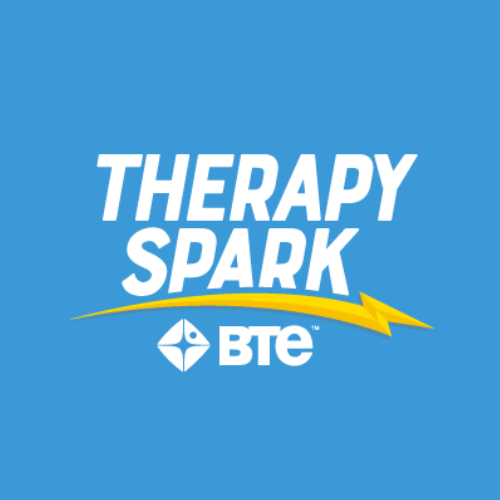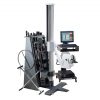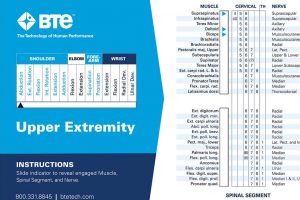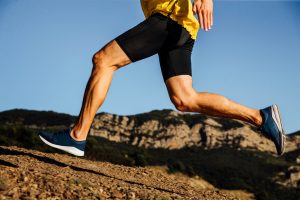
Free Muscles of the Arm Quiz – Test Your Anatomy Knowledge
Treatment GuidelinesCan you hand-le this quiz on upper extremity anatomy? Let's find out!
Can you hand-le this quiz on upper extremity anatomy? Let’s find out!
Learning anatomy is often the first step to a career in rehab or fitness. Test your knowledge with this upper extremity anatomy quiz!
This interactive muscles of the arm quiz tests how well you know the ins and outs of the whole arm. See how you stack up, learn how to study better, and explore how healthcare professionals use their anatomy knowledge every day to help patients recover from injuries.
Essential Arm Muscles Every Therapist Should Know
Arms consist of many dynamic joints and integrated nerve plexuses, enabling complex coordination skills. When even one of these muscles is injured or incongruent with its primary movement, it can become debilitating during everyday tasks.
For rehabilitation professionals, it’s their job to identify, assess, and address the underlying muscle dysfunction that’s causing their patients’ pain, discomfort, and limitations. From sports injuries to falls in older adults, arm injuries can be complex. Rehab therapists must have an in-depth understanding of each muscle to develop the best plans of care for their patients.
In this comprehensive muscles of the arm quiz, you’ll learn about the essential arm muscles that therapists frequently address, including:
The shoulder and rotator cuff: The rotator cuff attaches at the scapula and humerus. With these attachment points, it is intricately involved in ROM, stability, and motor control of the shoulder complex.1 Shoulder injuries and rotator cuff tears occur frequently in sports like baseball and softball, in adults who perform manual labor jobs, and can happen after a traumatic impact like a car accident or fall. Treatment can include conservative measures with therapy first, or may need initial surgical intervention and post-op therapy afterward2.
The elbow: The elbow consists of muscles in the upper arm and some muscles that attach to the forearm. These are the muscles that do most of the heavy lifting in the upper extremities and are often injured during impacts, sports, or even weightlifting3.
The forearm and hand: The forearm and hand are closely linked; most of the long flexors and extensors are located in the forearm and work in tandem with the intrinsic hand muscles to create functional grasp, wrist movement, and finger dexterity. These can be injured in situations of trauma like a construction accident, an animal bite, sports, crush injuries, and overuse injuries.
| Primary Arm Muscle Examples | |||
| Muscle | Location | Primary Movement | Common Injury |
| Biceps brachii | Upper arm | Elbow flexion | Biceps tendonitis or tendon rupture |
| Triceps brachii | Upper arm | Elbow extension | Triceps tendonitis or tendon rupture |
| Brachialis | Upper arm | Elbow flexion | Associated with biceps injuries, tendon ruptures |
| Coracobrachialis | Upper arm | Shoulder flexion and adduction | Overuse injuries, ruptures, and tears |
| Deltoids | Shoulder | Shoulder flexion, adduction, abduction, extension | Overuse injuries, ruptures, and tears |
Tips for Mastering Upper Limb Anatomy
Upper extremity anatomy is complex, with each muscle having its own origin, insertion, innervation, and associated movement. It can be a lot to take in, and overwhelming at times! Some upper limb quizzes can even be overwhelming at times. Learning how to study can help tremendously.
Mastering study techniques for anatomy quizzes is key to effectively preparing for and acing the anatomy quizzes themselves. Some helpful study strategies include:
- Using visual references like anatomical diagrams or models.
- Using flashcards to help with memorizing certain information, like muscle origins and insertions.
- Retaking quizzes for extra learning reinforcement.
- Connecting each muscle to a patient scenario to give the information meaning and practical association.
By combining a structured study schedule with active learning techniques, you’ll be able to not only memorize information but also apply it. Developing a broader range of clinical reasoning skills helps both students and professionals maintain mental acuity and practical working knowledge.
Remember to study for your upper limb muscles quiz in a space that has minimal distractions, mute notifications on your phone, and set a timer for an hour or so. You don’t have to master the entire upper limb in one night; break down the information into smaller groups so you can learn all the details efficiently.
More Quizzes to Help You Study
If you want to expand your anatomical knowledge even more, check out our lower limb anatomy quiz and knee anatomy quiz.
Get the MJAG for Studying on the Go
Comprehensive study tools are a lifesaver when you’re studying on the go. Check out the Muscle Joint Action Guide (MJAG) for easy studying and in-depth information on muscles, movements, and innervations.
In this seamless tool, simply move the slider to select a joint movement, such as shoulder abduction, and the card displays the corresponding activated muscles, spine segment, and nerve that controls the movement. You’ll be a master of muscles in no time!





